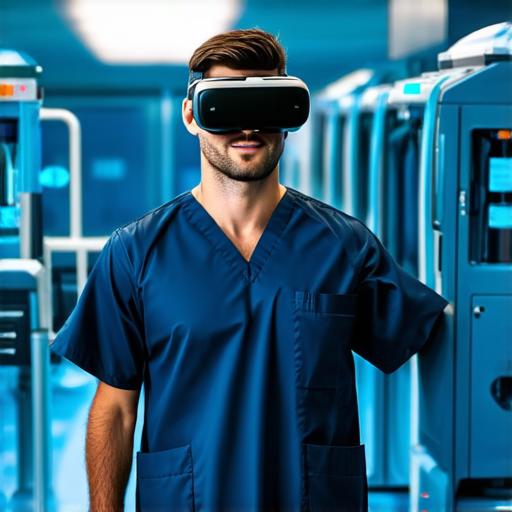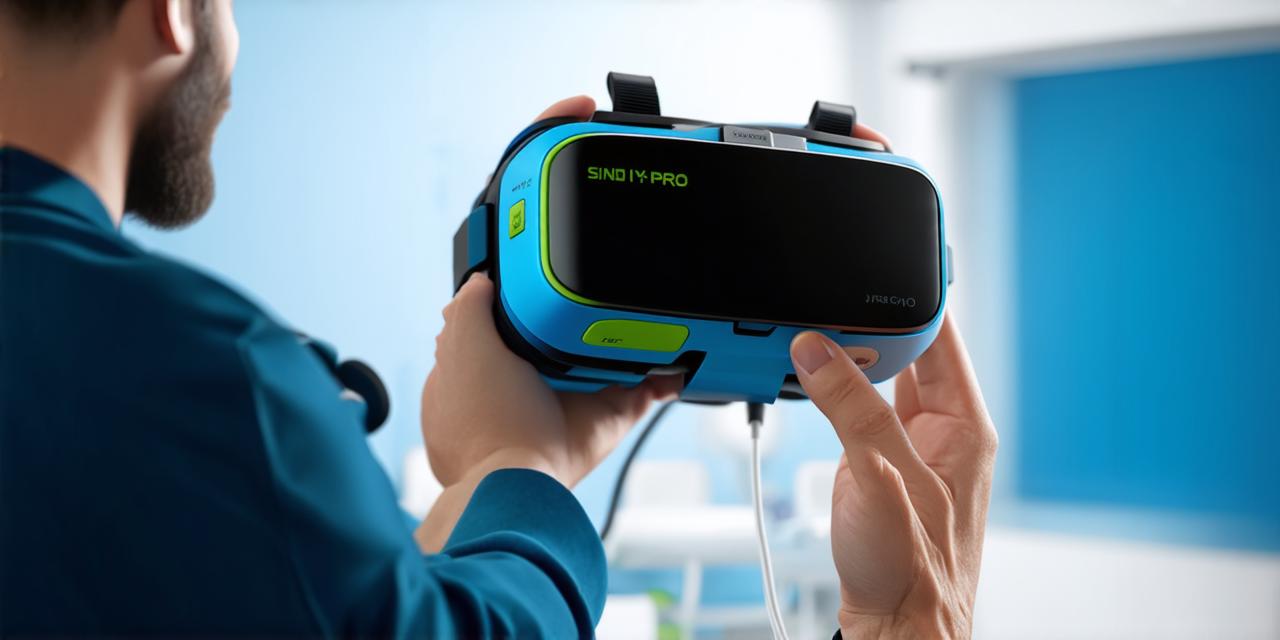Virtual Reality (VR) has been rapidly advancing in recent years, and its implementation in healthcare is becoming increasingly prevalent. VR technology allows patients to experience immersive and interactive simulations that can provide a range of benefits, including pain management, anxiety reduction, and enhanced surgical planning. In this article, we will explore how virtual reality is being implemented in the healthcare sector and the potential advantages it offers for both patients and medical professionals.
Pain Management

One of the most significant applications of VR technology in healthcare is its ability to help manage pain. Virtual reality systems can create immersive simulations that distract patients from their pain, providing a sense of normalcy and reducing anxiety. Additionally, VR systems can be used to deliver pain medication more efficiently and accurately, reducing the risk of adverse effects and increasing patient comfort.
Anxiety Reduction
Virtual reality technology has also proven effective in reducing anxiety for patients, particularly those with conditions like PTSD or claustrophobia. By creating realistic simulations of triggering environments, VR can help patients confront and overcome their fears in a controlled environment. Furthermore, VR can be used to deliver exposure therapy for a range of mental health disorders, including phobias, depression, and anxiety.
Enhanced Surgical Planning
Virtual reality technology is also being used to enhance surgical planning and execution. With VR systems, surgeons can visualize the surgical site in 3D and practice complex procedures before actually performing them on a patient. This allows for greater precision and accuracy, reducing the risk of complications and improving patient outcomes. Additionally, VR systems can be used to provide real-time feedback to surgeons during the procedure, improving their ability to respond to unexpected circumstances.
Medical Education and Training
Virtual reality technology has also found a place in medical education and training. With VR simulations, medical students and professionals can gain hands-on experience in a controlled environment, without risking patient safety. Additionally, VR systems can be used to simulate a range of scenarios, from emergency procedures to complex surgeries, allowing for comprehensive training in a wide range of medical fields.
Summary
Virtual reality technology is rapidly changing the way healthcare is delivered and experienced. From pain management and anxiety reduction to surgical planning and medical education, VR has a range of applications that can improve patient outcomes and enhance the overall quality of care. As VR technology continues to advance, we can expect to see even more innovative uses for this powerful tool in the future of healthcare.
